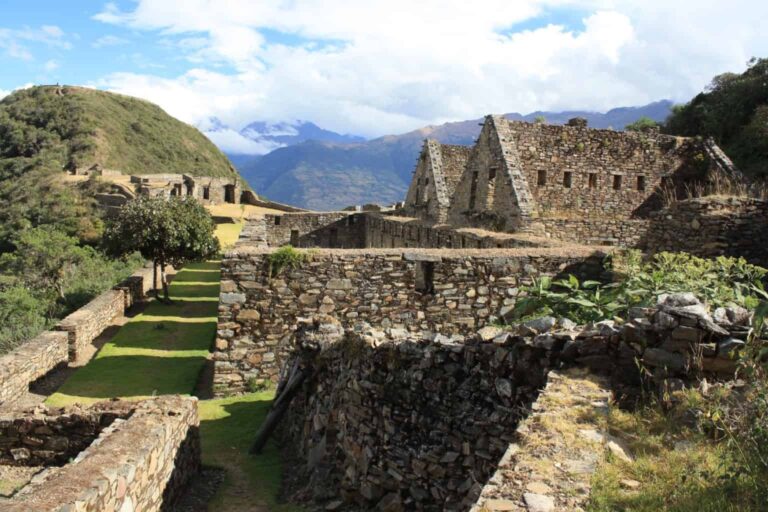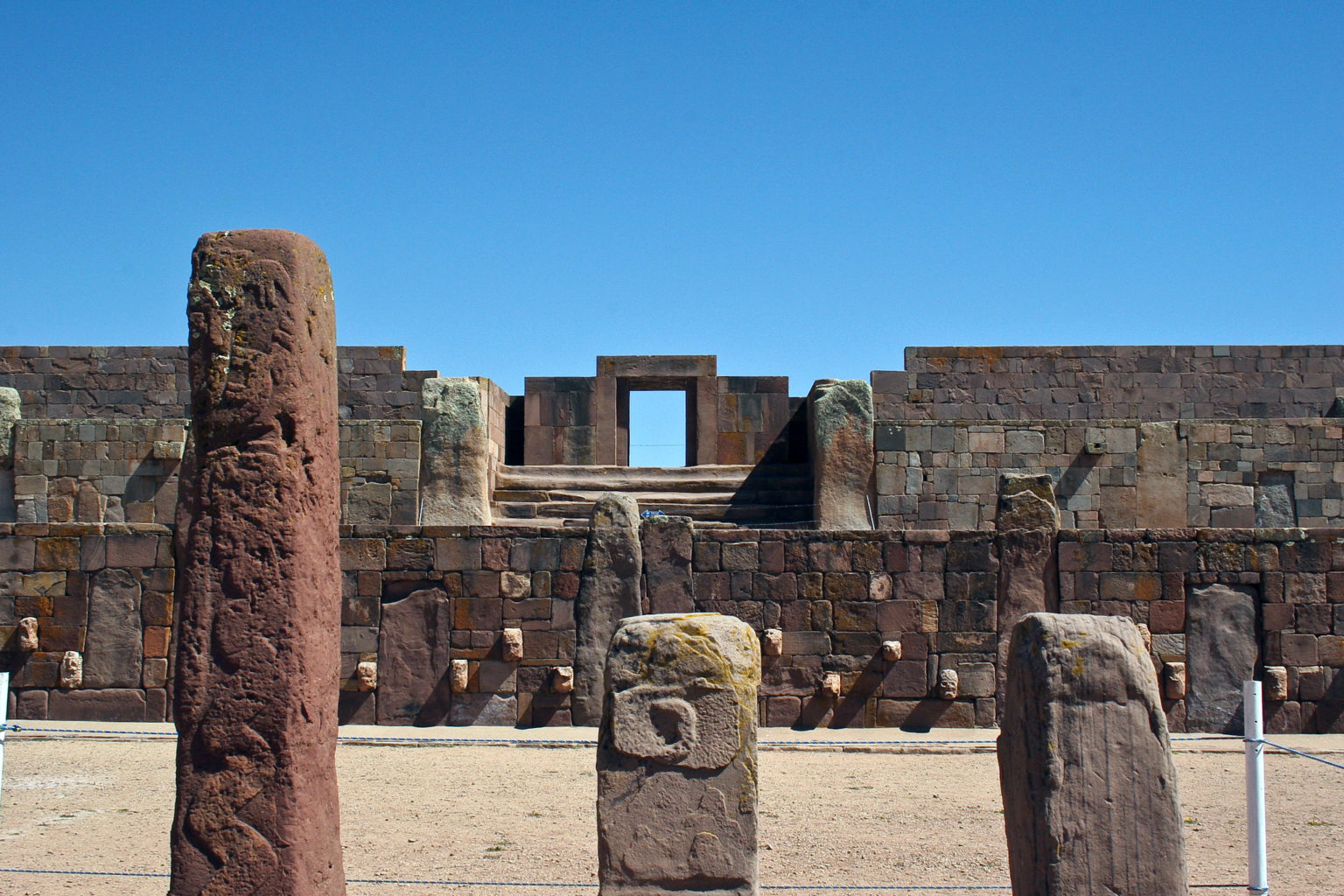Meaning
Amaru is a name with deep roots in ancient Andean culture, specifically among the Inca people.
The name derives from the Quechua word *amaru*, which directly translates to “**snake**” in English.
Beyond its literal meaning, *amar* holds significant symbolic weight within Incan cosmology and mythology.
Snakes were revered as powerful and wise creatures, embodying concepts of **creation**, **transformation**, and **fertility**.
They were often associated with deities and ancestral spirits, representing a connection to the divine and the underworld.
Incan myths frequently depicted snakes as guardians of sacred knowledge and protectors of important places.
Therefore, the name Amaru carried connotations of wisdom, strength, and spiritual power within the Inca civilization.
It was bestowed upon individuals believed to possess these qualities or who held positions of authority and influence.
The concept of “power” and “royalty” has been a cornerstone of human societal structures for millennia. These ideas are deeply entwined with language itself, shaping how we communicate about leadership, authority, and status.
Symbols often serve as powerful visual representations of power and royalty. They can evoke feelings of awe, respect, and even fear. Some common symbols include:
- Crowns: Historically associated with kings and queens, the crown symbolizes ultimate sovereignty and divine right to rule.
- Sceptres: Often held by monarchs, sceptres represent dominion and legislative authority. They frequently feature ornate designs and precious materials, further emphasizing their symbolic weight.
- Lions: In many cultures, the lion has been seen as a symbol of courage, strength, and kingship. It often appears in royal heraldry and artwork.
- Royal Garb: Elaborate clothing, such as velvet robes, fur trim, and jewels, signifies wealth, status, and separation from commoners.
Language itself plays a crucial role in shaping our understanding of power and royalty.
- Titles: Words like “King,” “Queen,” “Emperor,” and “Empress” carry immense weight, instantly conveying hierarchical position and authority.
- Pronouns: The use of specific pronouns, such as “Your Majesty” or “His Highness,” further emphasizes the distance and reverence accorded to royalty.
- Formal Speech: The language used in royal courts and official ceremonies is often highly formal and elaborate, reflecting a desire for order, tradition, and respect.
These symbolic representations and linguistic conventions work together to construct a complex web of meaning surrounding power and royalty. They serve not only to identify those in positions of authority but also to reinforce social hierarchies, establish cultural norms, and inspire both awe and obedience.
Origin
Amaru is a name of Quechua origin, an indigenous language family spoken primarily in the Andean region of South America.
In Quechua, “amaru” means “snake.” This connection to snakes holds significant cultural importance within Quechua traditions.
Snakes are often associated with fertility, power, and wisdom in these cultures. They represent a connection to the earth’s energy and the cycles of life and death.
The name Amaru has been adopted by individuals across various ethnicities and backgrounds, transcending its Quechua roots to become a globally recognized name.
Here are some aspects related to the meaning, origin, and history of the name Amaru:
-
- Symbolic Significance:
The snake symbolism in “Amaru” carries deep cultural connotations. It signifies strength, protection, transformation, and a connection to ancient wisdom.
-
- Historical Context:
Quechua culture has a rich history spanning centuries, with its roots deeply entwined with the Andean mountains. The Quechua language and its associated names, like Amaru, have endured through generations, representing cultural heritage and identity.
-
- Modern Usage:
Amaru is used as a given name for both boys and girls in various parts of the world. It has gained popularity as a unique and meaningful name with a strong connection to nature and ancient traditions.
Amaru is an ancient Quechua word that carries deep cultural significance in the Andean region, particularly within pre-Incan civilizations and later embraced by the Incas.
Its primary meaning is “snake” or “serpent,” a creature imbued with profound symbolism throughout Andean cultures. Snakes were revered as powerful beings associated with fertility, water, healing, and wisdom.
Evidence suggests Amaru’s significance predates the Inca Empire, finding its roots in diverse pre-Incan civilizations across the Andes, including the Moche, Chimu, and Wari cultures.
Across these cultures, the snake motif appeared prominently in art, textiles, ceramics, and religious practices. The association of Amaru with deities and ancestral spirits further solidified its importance in Andean cosmology.
The Incas, while known for incorporating existing traditions into their empire, elevated Amaru’s status. They associated it with the celestial serpent god Illapa, a powerful deity associated with thunder, lightning, and rainfall, essential for agricultural prosperity.
Amaru became deeply entwined with Inca religious beliefs and rituals, solidifying its place as a symbol of power, fertility, and cosmic order in their vast empire.
Even after the decline of the Incas, Amaru continued to resonate within Andean cultures. The word remains widely used in various Quechua dialects, representing a lasting legacy of pre-Columbian symbolism and cultural memory.
History
Amaru is a name with deep roots in Andean mythology and culture, particularly within Quechua-speaking societies. It carries profound significance, representing both a powerful deity and a symbol of nature’s energy.
In Quechua, “amaru” directly translates to “snake” or “serpent.” However, this is far more than a simple animalistic representation. The Amaru embodies a complex duality within Andean cosmology, symbolizing both creation and destruction, fertility and chaos.
Amaru figures prominently in various myths and legends across the Andes. Often depicted as a gigantic serpent, he is associated with water, rain, lightning, earthquakes, and the underworld.
He is often portrayed as a celestial serpent encircling the sky or dwelling within sacred mountains, guarding ancient wisdom and powerful forces of nature.
In some traditions, Amaru is considered a benevolent deity, responsible for bringing life-giving rains to the land and ensuring fertility. In others, he represents a more fearsome force, capable of unleashing destruction through earthquakes or storms.
Amaru’s significance extends beyond mythology. Throughout Inca history, serpents held symbolic importance in art, textiles, and even architecture. The iconic Intihuatana stone, a solar calendar located at Machu Picchu, features serpent motifs, showcasing Amaru’s connection to celestial cycles and time.
The name “Amaru” continues to hold cultural relevance today, particularly within indigenous communities. It is often bestowed upon children as a way of invoking the strength, wisdom, and protective qualities associated with this powerful serpentine figure.
Amaru is a name of Quechua origin, derived from the word “amaru,” which means “serpent” or “snake.” In Andean cultures, serpents hold significant symbolic importance, often representing wisdom, power, fertility, and transformation.
The name Amaru has deep historical roots in the Incan Empire, where it was associated with powerful deities like Illapa, the god of thunder and lightning who was sometimes depicted as a serpent. The Inca ruler Pachacuti also used the epithet “Amaru” signifying his connection to this divine power.
Beyond its religious significance, Amaru was also a common name among Incas and other Andean peoples, reflecting their reverence for nature and its symbols. The serpent imagery in the name evoked notions of strength, resilience, and renewal, aligning with the values of these ancient cultures.
Today, Amaru remains a popular name throughout South America, particularly in Peru, Bolivia, Ecuador, and Chile. It has also spread to other parts of the world as a result of migration and cultural exchange.
In contemporary usage, Amaru is often seen as a name that embodies strength, wisdom, and connection to nature. Its ancient origins lend it a sense of history and mystique, appealing to those who appreciate its cultural significance.
The name’s cultural impact extends beyond personal identity. It has been featured in literature, music, and art, often representing Andean heritage and spirituality. Amaru serves as a reminder of the rich history and traditions of the Andes, connecting present generations to their ancestors and their powerful symbolism.
- 30 Best B2B Leads Database Providers to Try in 2025 - April 26, 2025
- Best Clay Alternatives for 2025 - April 26, 2025
- Best Lusha Alternatives for 2025 - April 26, 2025


